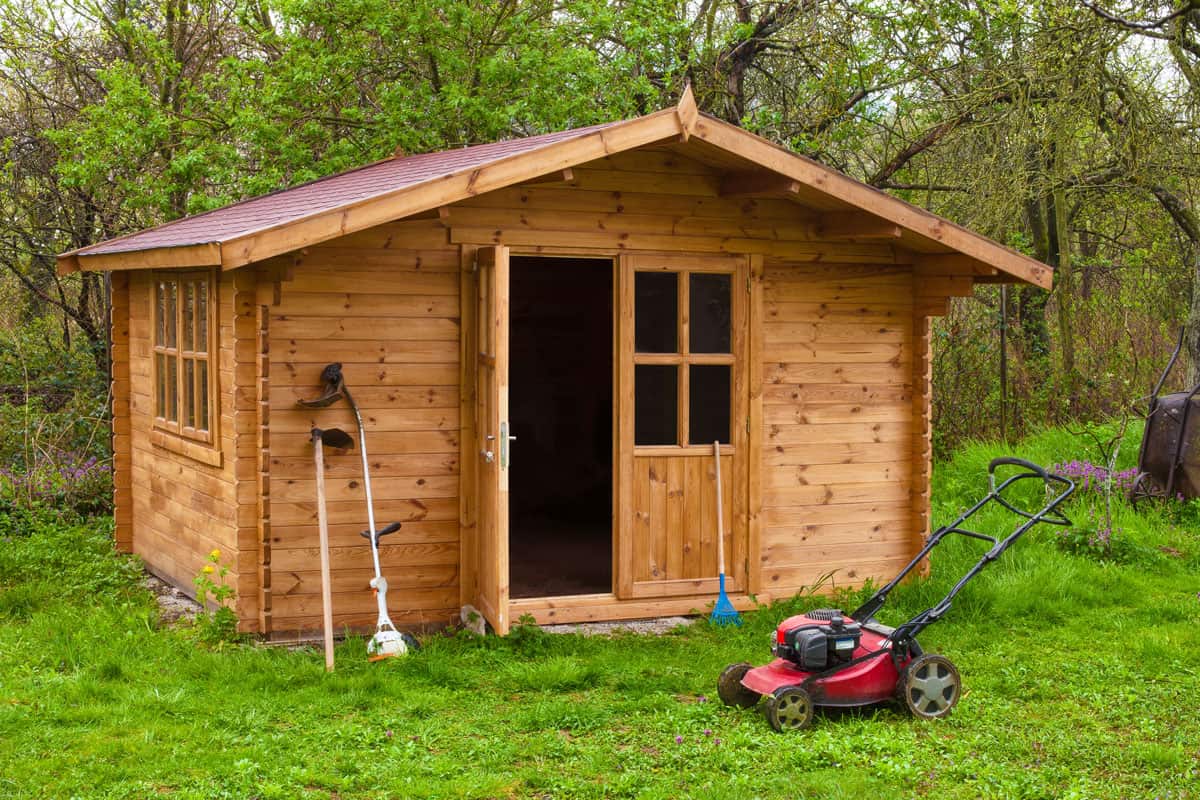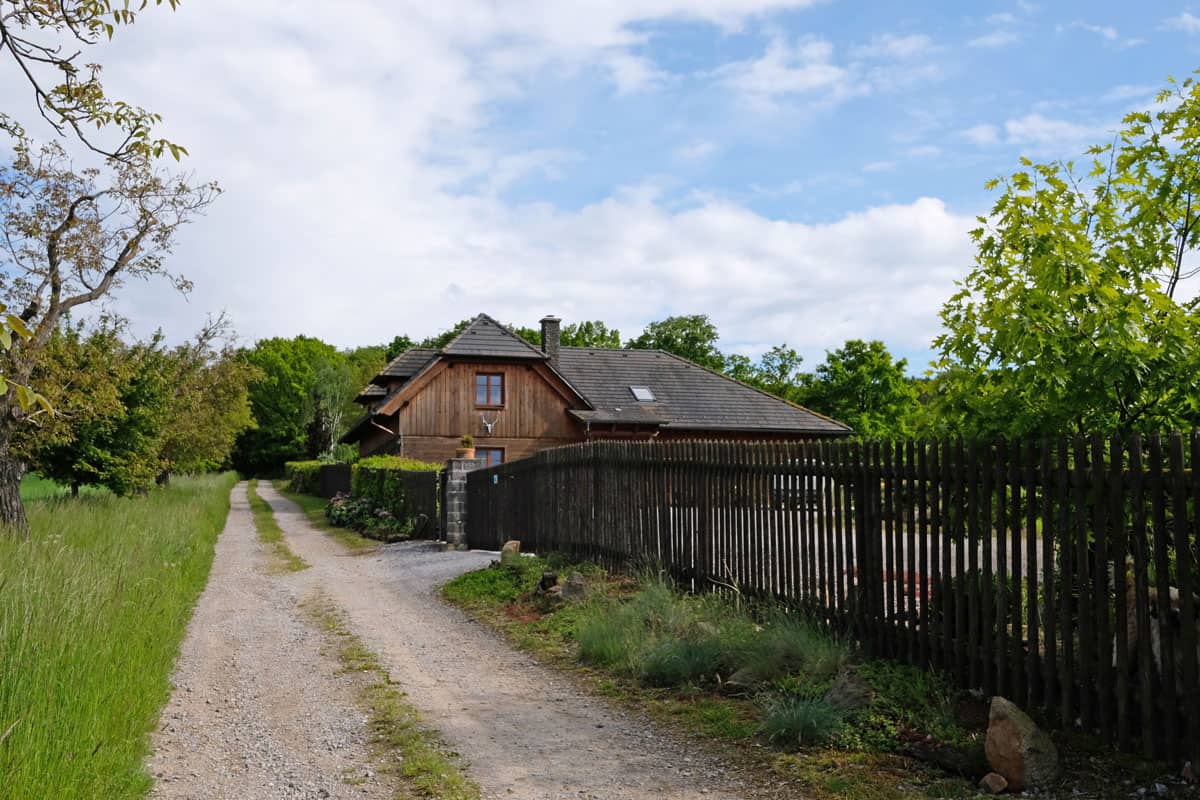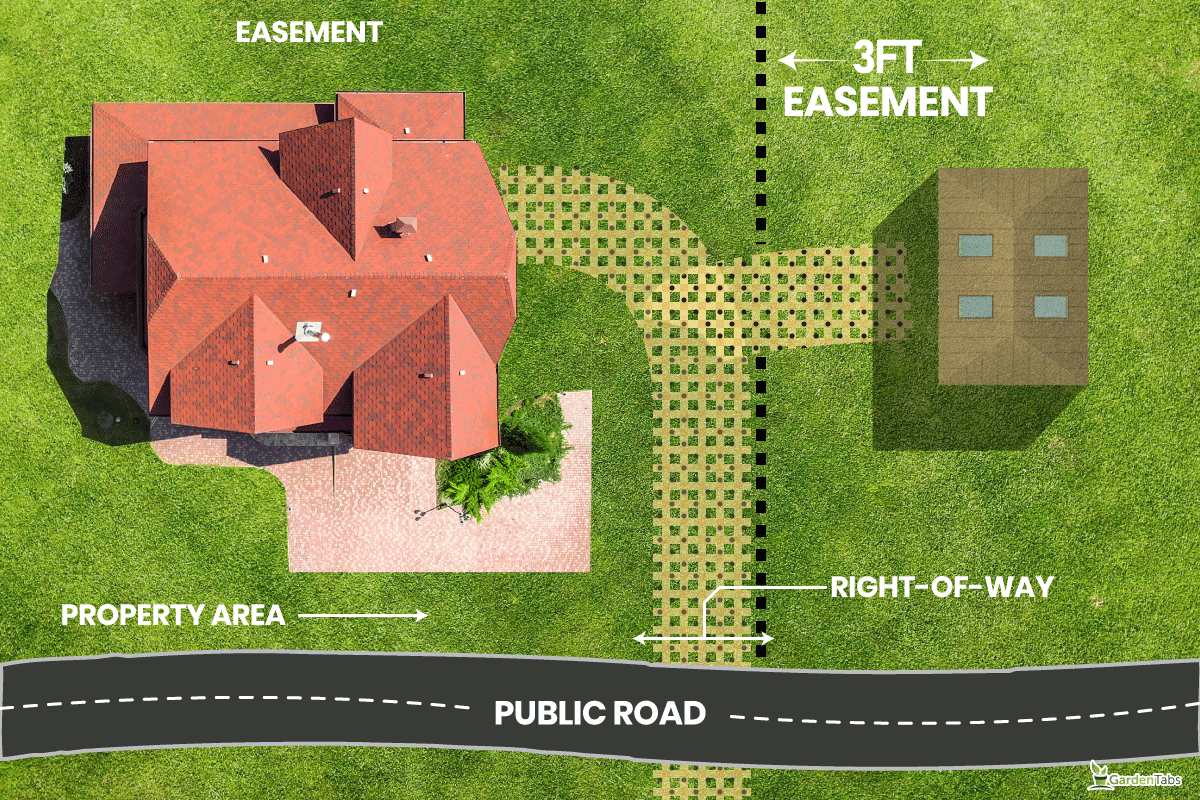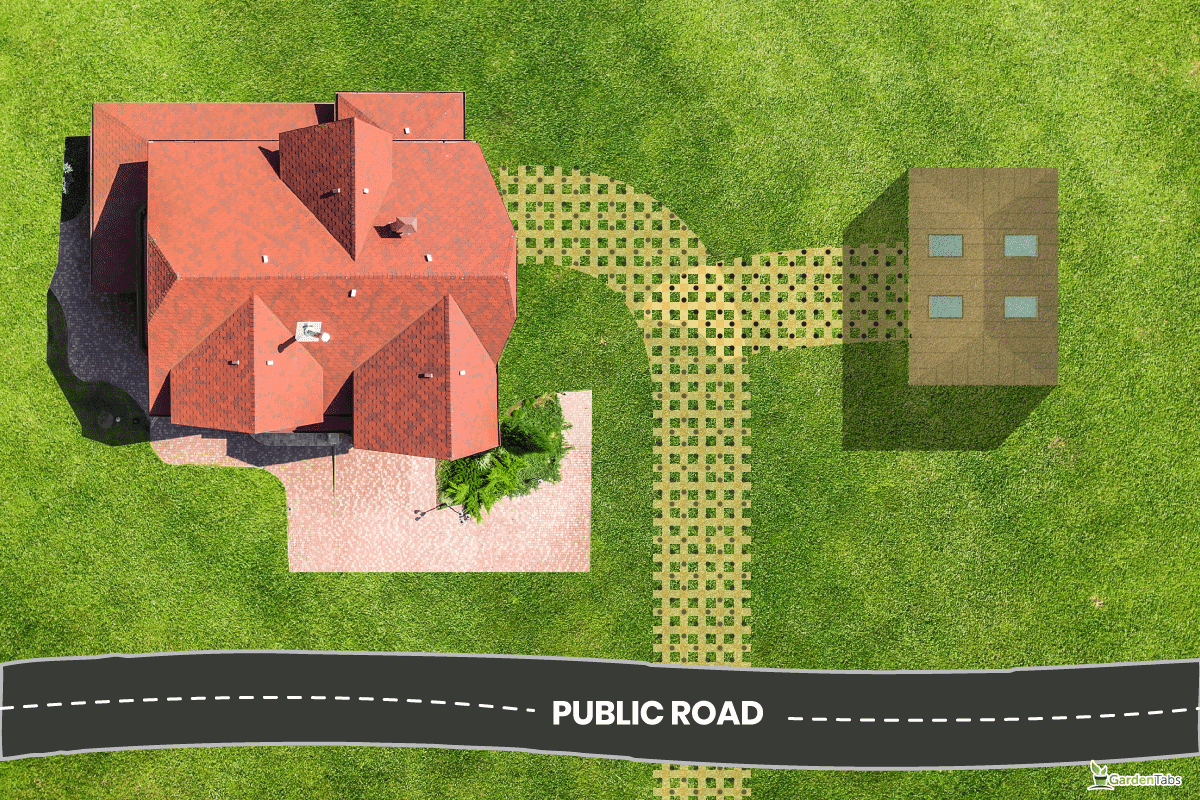Do you have plans to build a garden shed, but the only available space for one is an easement? If you are unsure about the legalities of building on an easement, then you may have some hesitation in doing so. We have done the research to help you out on this, so keep reading!
The quick answer is yes; you can build a garden shed over an easement. If you are the property owner, then this should not be a problem. If you are not, this still should not be a problem so long as the conditions of the easement allow it.
While you can build a garden shed on an easement, some complications may arise. This is because easements are a complicated point in property that might be better off when left alone. We will go over some considerations when it comes to building on easements in this post. Read on!
Should You Build On An Easement?

The question is not so much if you can build on an easement and is more of if you should. Easements are a sort of in-between space in property ownership since some parts of the land have to be accessible to the public, government, or at least another named entity.
Easements can be locations where sewage and drainage pass under or where telephone posts and lines are. Some easements serve as walkways or shortcuts that people can pass through. Knowing this, it is evident that easements do have their limits.
As a property owner, you will have access to the specifics of the easement. You most likely also have access to the complete set of conditions of your easement.
From here, you can base whether it will be a good idea for you to put a garden shed over the easement or not.
Conversely, if you do not own the property, you could still place a garden shed over the easement, especially if you are a named entity in its contract.
We do recommend that you settle your plans with the property owner first, however.
Click here to see Horizontal Outdoor Storage Shed on Amazon.
What To Do When Planning To Build Over An Easement
Since easements are potentially accessible to more than just you and the property owner, it is best practice to discuss any plans in advance. Ideally, the terms for building on the easement are already in writing.
When building on an easement, keep in mind the structures around it. Also, be mindful of what the easement is used for. Building a garden shed on an easement may cause future issues with how others move or how utilities function.
The bottom line is that you need to be careful about building a garden shed over an easement. With how varied the conditions may be, there is no straight yes or no answer once you start considering technicalities.
Click here to see Outdoor Storage Shed on Amazon.
What Are The Structures That You Can Build Over An Easement?

You can build almost anything over an easement. This includes garden sheds, fences, garages, and home extensions, among others. You can even install water tanks.
So long as the structure does not disrupt any already present utilities, building a garden shed or anything over an easement is no problem.
Aside from the conditions stated in the terms of the easement, you will have to abide by your local building codes.
These regulations apply to any structure regardless of the type of property. However, there will always be some exceptions.
For example, garden sheds are usually small enough projects not to need any type of building permit whatsoever.
However, like in the state of California, you will need to get a permit once the shed exceeds a certain size. The state's Building Code allows for sheds to be built up to 120 feet without a permit.
You can find out about your local building codes online or in person. Simply consult with your local building department or zoning board. Most building departments or zoning boards will have websites where you can go over the list of applicable codes in your area.
As for finding where easements are laid out in writing, you can find them on recorded maps or deeds. Sometimes, particular easements will have dedicated documents. Just like with building codes, different states and localities may have their own easement laws.
What Is A Property Easement And A Utility Easement?

There are several types of easements, but two of the main ones are property easements and utility easements. An easement can be either one depending on its use.
Property easements permit others to use someone else's land. For example, if part of your land has a property easement, then it may be a common pathway that the public uses to pass through. Sidewalks are also technically a sort of easement.
Utility easements, on the other hand, refer to the right of utility companies to install utilities on someone's land. Utilities would be anything from poles and lines to pipes.
Think of telecommunication lines, drainage systems, water pipes, and many others. These utilities can be completely hidden, while others are above ground.
Other easement types include implied easement (unwritten easement), conservation easement, dominant estate, dead-end easement, right of way, and appurtenant easement [involving at least two parcels of land].
Can You Fence Around An Easement?
Just as you can build a garden shed or any other building over an easement, you can also build a fence around one. However, fencing off an area is very different compared to just building a structure.
For one, fences can cover more space and may cause issues if the easement must be publicly accessible.
Consider the implications when building a fence. For example, if it goes all around the property along the perimeter of the easement.
Your fence may be blocking the only available pathway heading towards a public area. It is not a good idea to build a fence around dead-end easements for this reason.
Of course, building a fence around a sidewalk easement is a little more intuitive and can be done easily. You do not usually have to think twice about fencing up your yard from the sidewalk.
A second consideration would be utility easements. While you can fence around these types of easements, the utility company may run into issues. A fence could block off their access to the utility, and they will end up destroying your fence to get to it.
If you need to have a fence built for whatever reason, take careful steps in planning. As much as possible, talk to the people or companies involved to see if you can make modifications or compromises to your fence.
You can consult with building or property experts regarding this, as well.
How Close Can You Build To An Easement?

Rather than building over an easement, you may be considering building next to it. The minimum distance you can build from an easement naturally varies per locality. For example, some councils may prohibit buildings closer than 3 feet from a stormwater drainage.
Easements are much less exclusive compared to property lines but can also have similar terms. The minimum proximity that others can build into your property line will range between 5 to 15 feet.
The limit will always vary depending on the type of structure as well as its permanence.
Can An Easement Be Revoked?

While easements are generally set for the greater good, there are cases where easements can be revoked. This can be done between two parties, namely the easement holder and the easement owner. Both must come to an agreement in writing that is legally binding.
Owners can even grant a release for the easement. This gives away all rights to the easement, and they will be unable to sue.
The opposite may also happen where an owner completely removes the right of way. However, doing so would be difficult.
Easements can either be terminated or suspended for a limited amount of time. Whatever the scenario, revoking access to the easement is always a two-way settlement wherein the owner is given consent by those who also benefit from using the easement.
Wrapping Things Up

Yes, you can put a garden shed over an easement. Even so, there are still some things you need to factor in, such as what the easement is used for and how accessible it must be. You will also have to follow local building codes and abide by the easement terms and conditions.
Easements can either be recorded in a document, bound by a deed, or simply implied through local custom. Whatever the case, you can build whatever you want next to or over an easement so long as it does not obstruct anyone else's benefit of the land.
Did you find this post helpful? If you did, check out our other articles before you go!
Can You Build A Retaining Wall On Your Property Line?
How To Build A Freestanding Privacy Screen? [Step By Step Guide]



We are the easement owner whom lives behind another house. The people in front of us are not the easement owners and placed a huge storage shed on our easement without speaking to us. Not only that the shed block the only view of the road from our house.